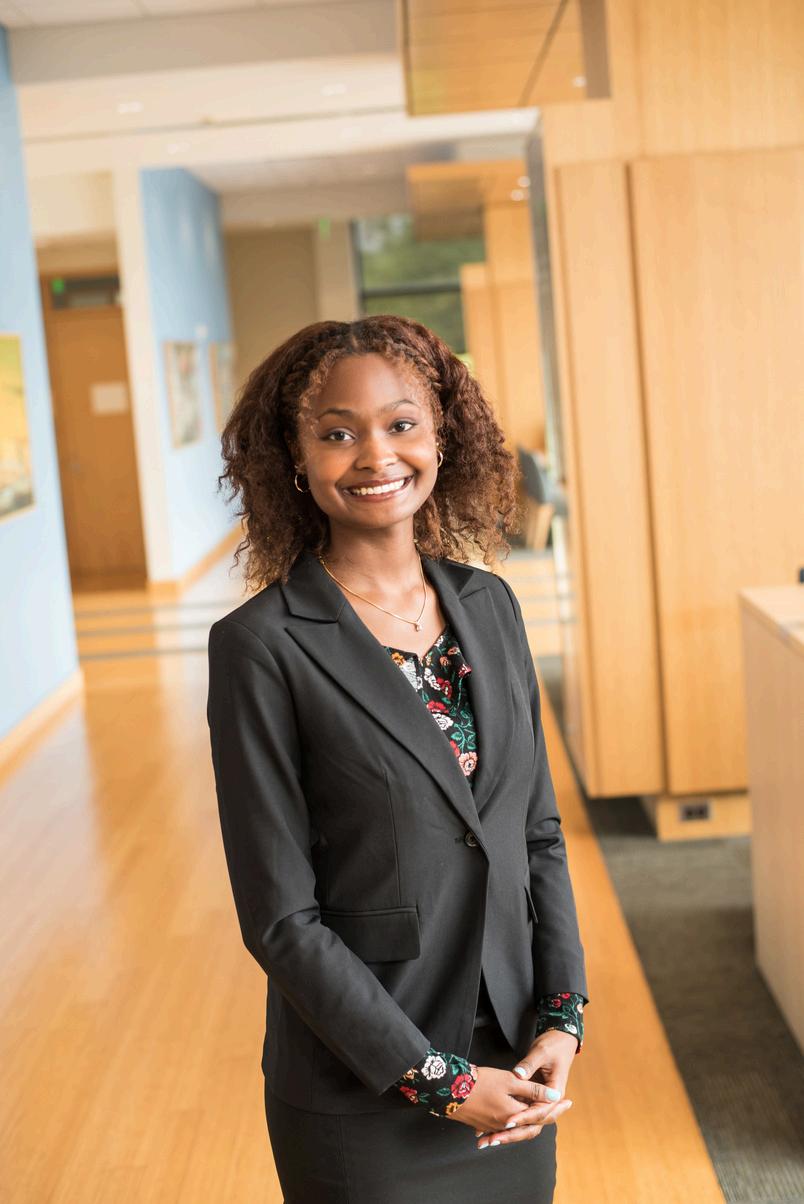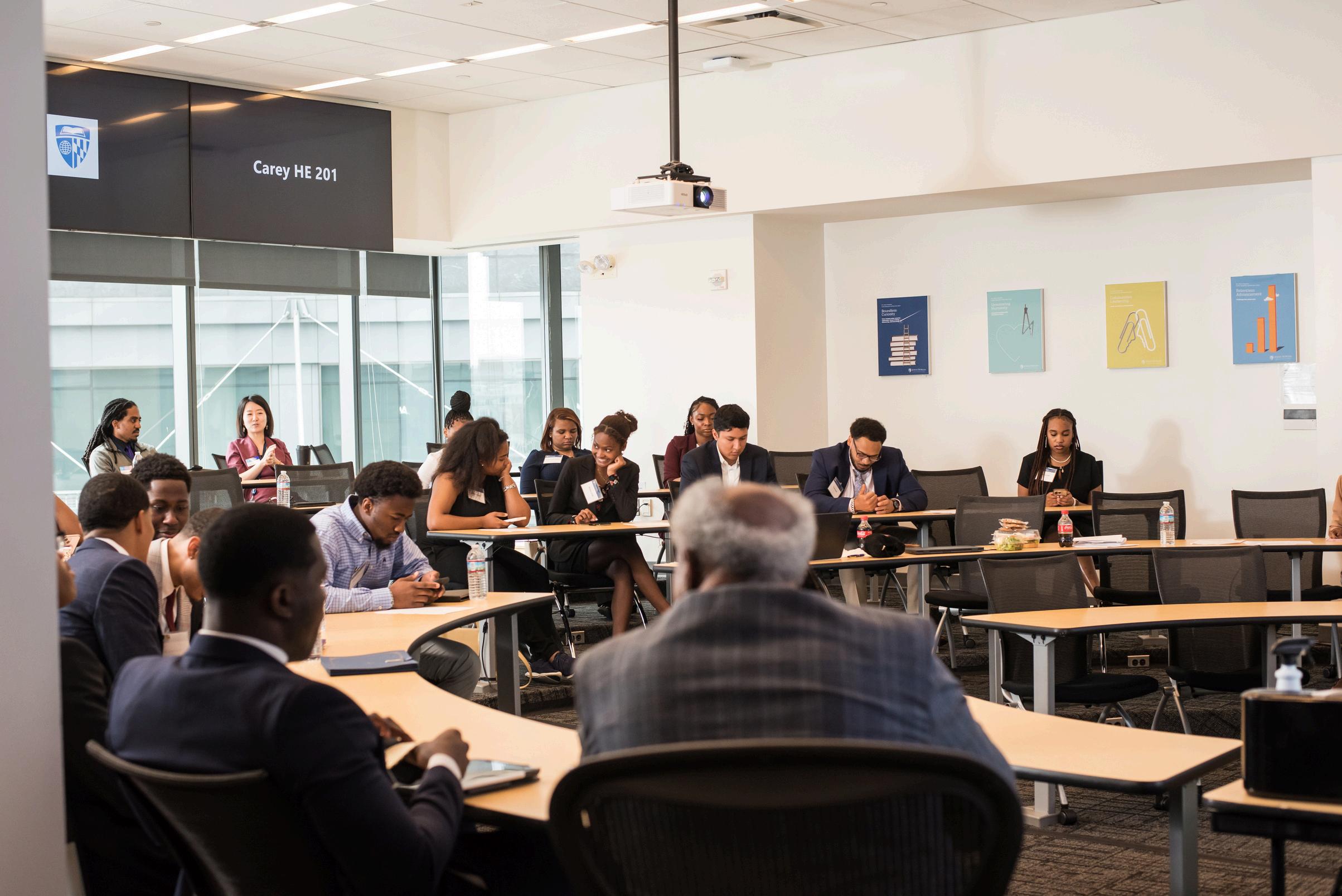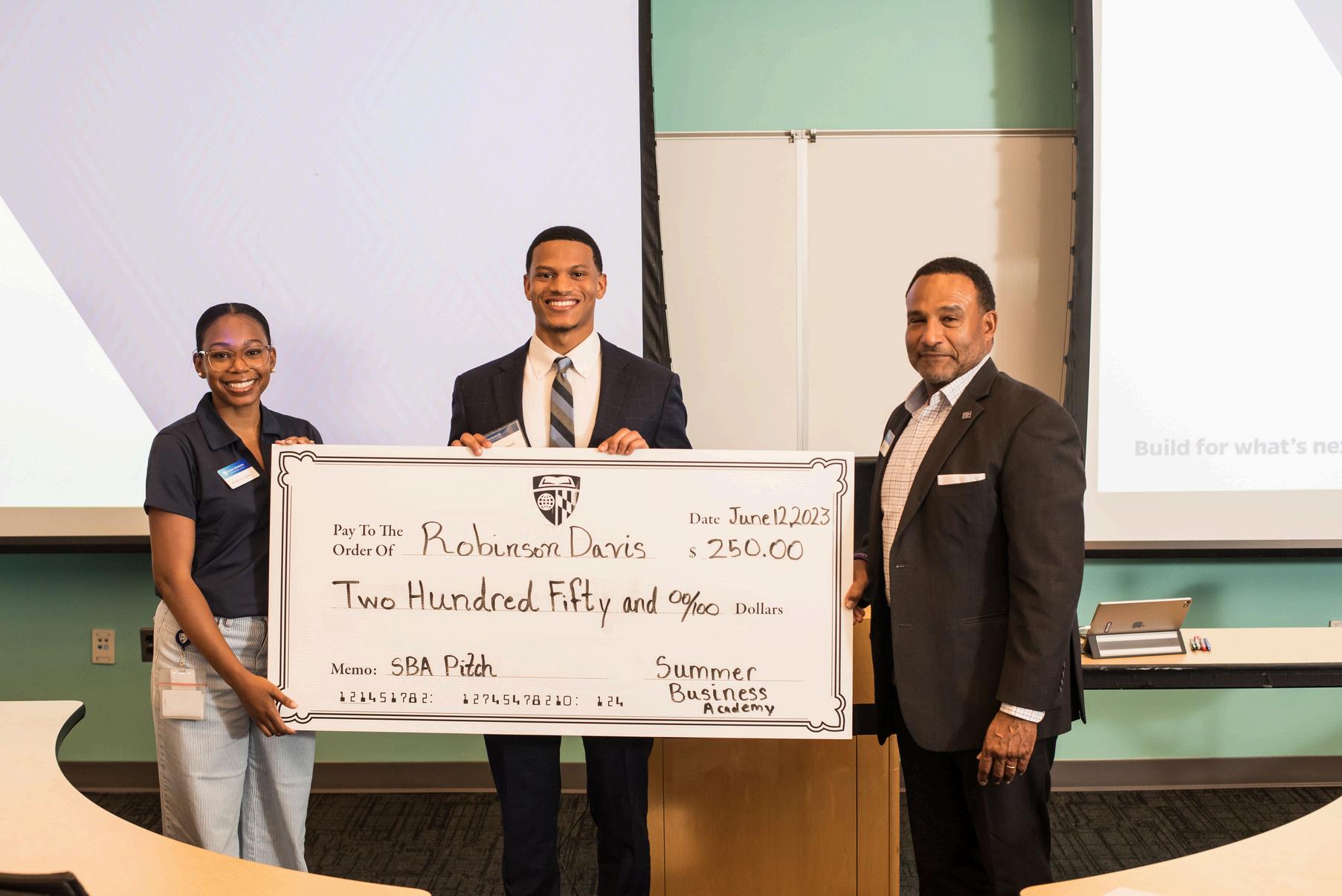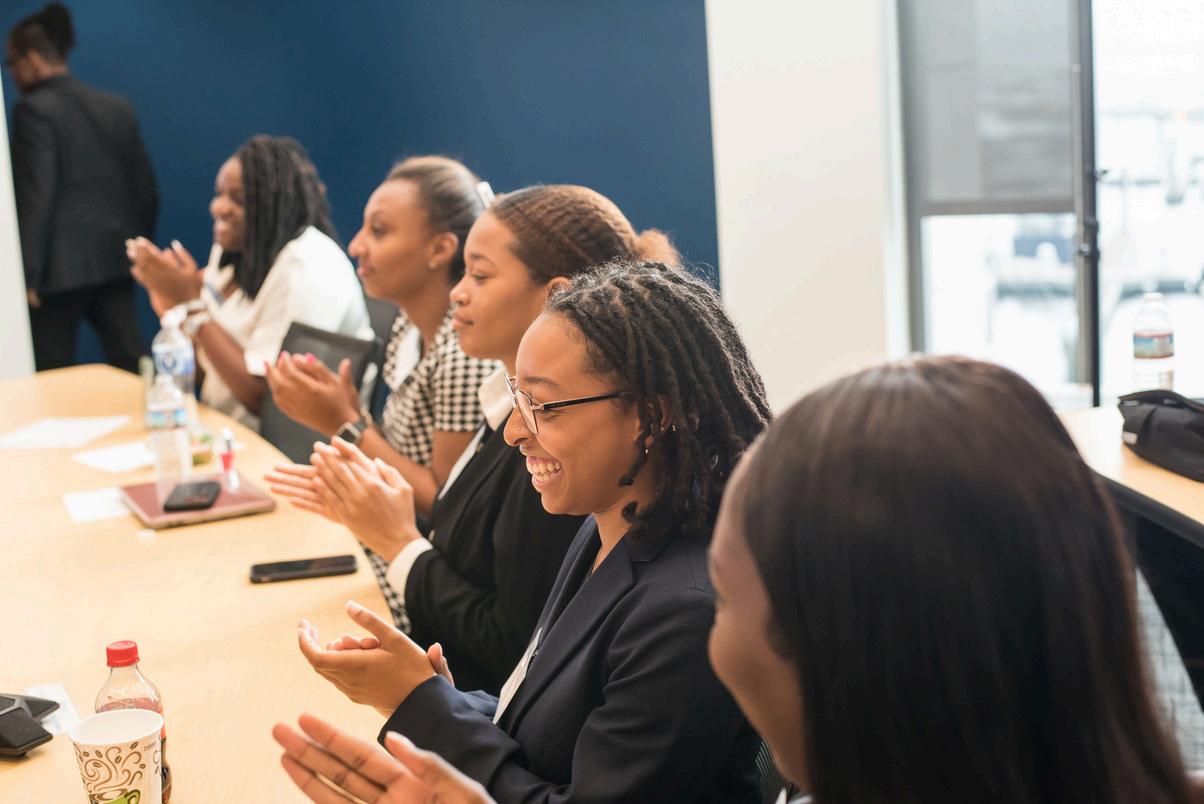THE STAR TECHNIQUE


The interview follows a pattern: It is pre-planned, structured and consistent, focused, directed toward seeking specific information, and openended. the secret to answering the behavioral interview question in the STAR technique.
S U M M E R B U S I N E S S A C A D E M Y

STAR is an acronym for situation, task, action, and results.
The STAR technique will help you identify your accomplishments and form them into statements and success stories that will highlight your skills and competencies. By using this technique, we can turn each accomplishment into a story to be used in your interview.
To effectively use the STAR technique:
Avoid answers that are abstract, vague, off target, redundant, incomplete, or too detailed in nature.
SITUATION: Describe the situation.
TASK: What were you required to do?
ACTION: What action did you take?
RESULT: What were the results of your action?
01

ACCOMPLISHMENT EXAMPLES:
1.) Coordinated the fundraising event for three campus organizations using pledge cards instead of on-the-spot donations, which increased donations by 36%.
2.) Accurately maintained cash drawers ranging from $2000 to $16000.
3.) Received an award for providing outstanding customer service.
4.) Worked with 25 emotionally challenged children aged 6 to 10 to help build their self-esteem.
02
THE COMMERCIAL 03
Develop the 90-Second Commercial

The opening comment in most interviews "Tell me about yourself" is your first opportunity to set the stage for the interview and ensure that you are selling what the interviewer needs
First, let them know what you can offer the organization. Second, let them know why you want to work for them. To get what you want, you have to articulate what you want. The 90second commercial does that for you. This provides a vivid and clear picture of exactly who you are and what you can offer an employer. The 90-second commercial will serve as the opening or closing comment about your abilities during the interview. Essentially, it answers the request to "tell me about yourself."
Example of a 90-second commerical:
“I am a college junior majoring in human resources with a minor in marketing I have spent the past two summers working with the director of college recruitment for a Fortune 500 company
During the school year, I work as a local recruiter for the same company, serving three colleges representing the company at recruitment and informational fairs I am on a work team responsible for developing an orientation program for college interns and co-op students
Your company is looking to develop a college relations component to your human resources office. My experience, both academically and professionally, is a good match for your current needs. I represent the company on the local chamber of commerce employability skills committee. My strengths include designing orientation programs, marketing research for college-age students, and fluency in Spanish. Your company has experienced rapid and sustained growth over the last ten years, including the opening of offices in Mexico and Spain. I would welcome the opportunity to work for a growing international company.”
INTERVIEW COMPONENTS

Opening,rapport building,andagenda setting

Interpersonal,chemistry building,information aboutyourself

Organizationalfitand askingquestionsof interviewer Closing


04
05 COMPONENT OBJECTIVES
Opening Component
In the opening component, recognize the importance of building rapport Appearance, body language, projecting personal qualities, verbal and nonverbal communication, and listening all come into play when establishing rapport. Greet the interviewer in a friendly manner recognize the importance of that first contact, exchange pleasantries, share the right information, offer compliments, and express gratitude. Indicate why the employer is of special interest to you and let the interviewer know that you are pleased to have this opportunity to discuss your skills with them. Small talk will occur, so plan for it. Have some small talk topics ready to discuss.
Interpersonal & Organizational Fit Components
The next two components will sometimes overlap In any event, what you want to convey are compatibility, competency, chemistry, and accomplishments The interview is a dialogue, so be sure to ask questions about the organization, position, and culture Basically, exchange information in a positive manner you want the interviewer to believe that you are going to fit in with the culture and add value to the organization
The second and third components are also the most important and will n these ve your

COMPONENT OBJECTIVES
Closing Component
06
The closing section is a time for you to show your appreciation by thanking the interviewer(s) and reaffirming your interest in the position It may be appropriate to ask if they are seeing any other candidates or if, in their evaluation, they see any reason why you would not be selected for the job. You need to ask the question, "Where do we go from here?" Find out the next step and see if it is all right to call the interviewers if, after a certain time period, they have not contacted you.
Important Note:
Do not chew gum or smoke cigarettes during the interview, even if someone else does. If you accept a soda, coffee, or glass of water, make sure there is space to set the cup down












